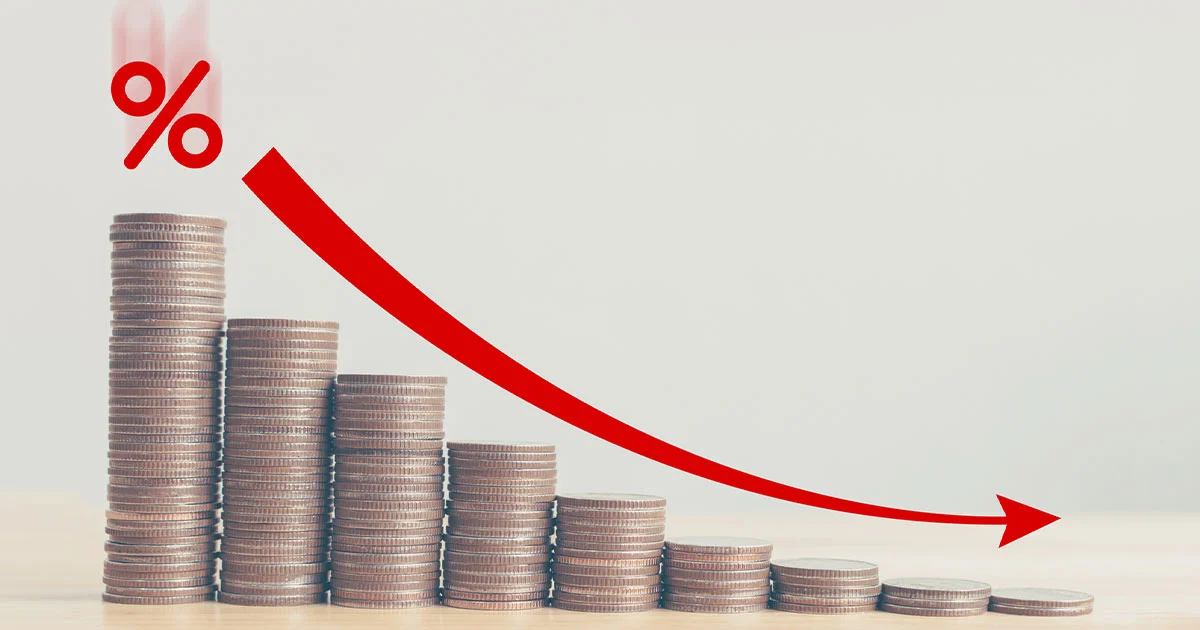
The Rise and Fall of Interest Rates
As middle-market business owners, private equity firms and capital markets themselves continue to moderate recovery through the pandemic, there are a number of motivating factors behind the record-breaking surge in mergers and acquisitions transactions. Dean Wayne Rutley with Womble Bond Dickinson, a transatlantic law firm, mentions such things as “a healthy stock market, the availability of cheap debt, (record low) interest rates, and upbeat forecasts in such sectors as technology, healthcare, and financial services” as key factors. The Federal Reserve’s latest low market interest rates are of particular importance. According to federalreserve.gov, the central bank of the United States, known as the Federal Reserve (or Fed), was created by Congress in 1913 to help “provide the nation with a safer, more flexible and more stable monetary policy and financial system.” The bank helps to keep the US economy on track, especially through financial hardships. The Federal Reserve interest rate, also known as the federal funds rate, is a key part of ensuring a stable economy and is a major indicator of the state of the economy. The economists at sickeconomics.com say “while interest rates can be defined as the price of borrowing money, they also are a factor in the supply and demand of credit. If the interest rates are low, firms and banks are incentivized to borrow and invest money, promoting a more dynamic economy. The interest rate is a figure by which the Federal Reserve lends money out to the banks, and banks then lend the money out later to the consumer with a slight profit margin.” The lower the interest rate, the more confident banks feel in lending money to their members and taking risks. The more money that is put into the economy, the stronger our economy will be, inspiring corporate confidence. The Federal Reserve is responsible for changing the rate at its own discretion based on the current or predicted state of the economy. A low-interest rate is a key factor in building confidence in banks, consumers, and businesses. With more cash in circulation, commercial banks and central banks are eager to lend and borrow funding which makes it easier for consumers to do the same. At the same time, lower interest rates can positively affect rates on credit cards, loans and savings accounts. If there is fear of an economic decline, the Federal Reserve will lower the interest rate, oftentimes more than once, to combat the downturn and encourage debt financing. Currently, the federal funds rate is 0% to 0.25%, as of March 16, 2020. This historic low is the lowest rate since the financial crisis of 2008 and effectively the lowest the rate can go. The pandemic’s economic impact on the US economy is the driving force behind the latest emergency decreases in the benchmark interest rate. This summer the Fed announced it would keep the fed funds rate at a range of 0% to 0.25% until at least 2023, which is great news for business owners and consumers. What happens when interest rates rise? The Federal Reserve will often raise the interest rate during a time of strong economic activity. The higher the interest rate, the less money that is circulated in the economy. Banks, consumers, and many companies are disinclined to borrow and issue debt because of the higher risk, which slows down the economy. This may sound strange but it is necessary to maintain a healthy economy. Personal finance writer Elizabeth Aldrich explains the reasoning behind the Federal Reserve’s decision to raise interest rates. She says, “Simply put, what goes up must come down, and the higher the economy climbs, the further it can fall. When rates are low and people feel good about the economy, consumers often take on excessive debt, and lenders may even lend too much money to unqualified borrowers. This leaves people, businesses, and banks in a precarious position when the economy inevitably slows down.” The highest the fed funds rate has ever reached was 20% in 1980 to combat double-digit inflation. Aldrich goes on to say, “These (interest rate) changes can impact your wallet — low-interest rates are good for borrowers, while high-interest rates are good for savers.”How Low-Interest Rates Affect Small Business Owners
